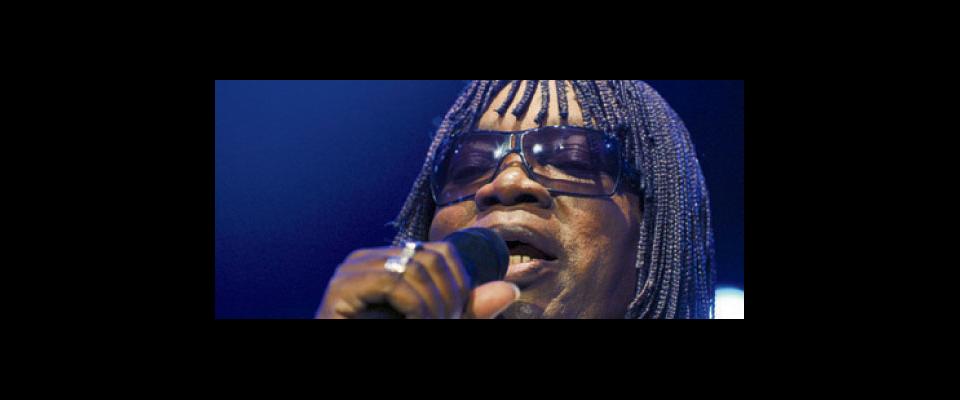Milton Nascimento first heard João Gilberto’s 1958 recording of “Chega De Saudade” (known in English as the jazz standard “No More Blues”) as a stargazing teenager in Três Pontas, Brazil. The classic tune introduced his generation to an uncharted galaxy of musical possibilities. “It was very new,” Nascimento writes in an email. “And it opened the door for musicians all over Brazil to try new things.”
Nascimento catapulted to fame in 1967 at the second International Song Festival in Rio de Janeiro, where he introduced three instant standards, “Travessia,” “Morro Velho,” and “Maria, Minha Fé.” With his multi-octave vocal range and gift for combining disparate elements in his arrangements, Nascimento is often the most effective interpreter of his own music, although an international array of artists have performed his songs.
Nascimento is famous for a vast sonic palette that seamlessly blends rock and jazz, Portuguese fado and Spanish guitars, Andean flutes and Gregorian chants. But bossa nova is the foundation of his sound, and on the fall North American tour that brings Nascimento to Zellerbach Hall on Saturday, November 1, for a Cal Performances concert, Nascimento is focusing on the spare, beautifully textured arrangements of his latest album, Novas Bossas. As on the CD, he’s accompanied by the Jobim Trio, featuring guitarist Paulo Jobim, pianist Daniel Jobim (son and grandson of the seminal bossa nova composer Antonio Carlos Jobim), and veteran Nascimento drummer Paulo Braga.
The Novas Bossas project celebrates the 50th anniversary of bossa nova and grew out of a concert in Rio last year celebrating Antonio Jobim’s 80th birthday. The performance was so well received, his “Samba do Avião” was incorporated into a soap opera soundtrack (Brazilian soaps attract huge audiences across Latin America), a project that opened the door for a deeper collaboration.
“We started to get together in my house to discuss ideas and musical projects, the same way we musicians used to do in the old days,” Nascimento writes. “Everybody meeting in each other’s houses to trade albums, think, and try new arrangements. This informal gathering is very rare nowadays. Time is passing by way too fast and we almost never do this kind of gathering.”





















